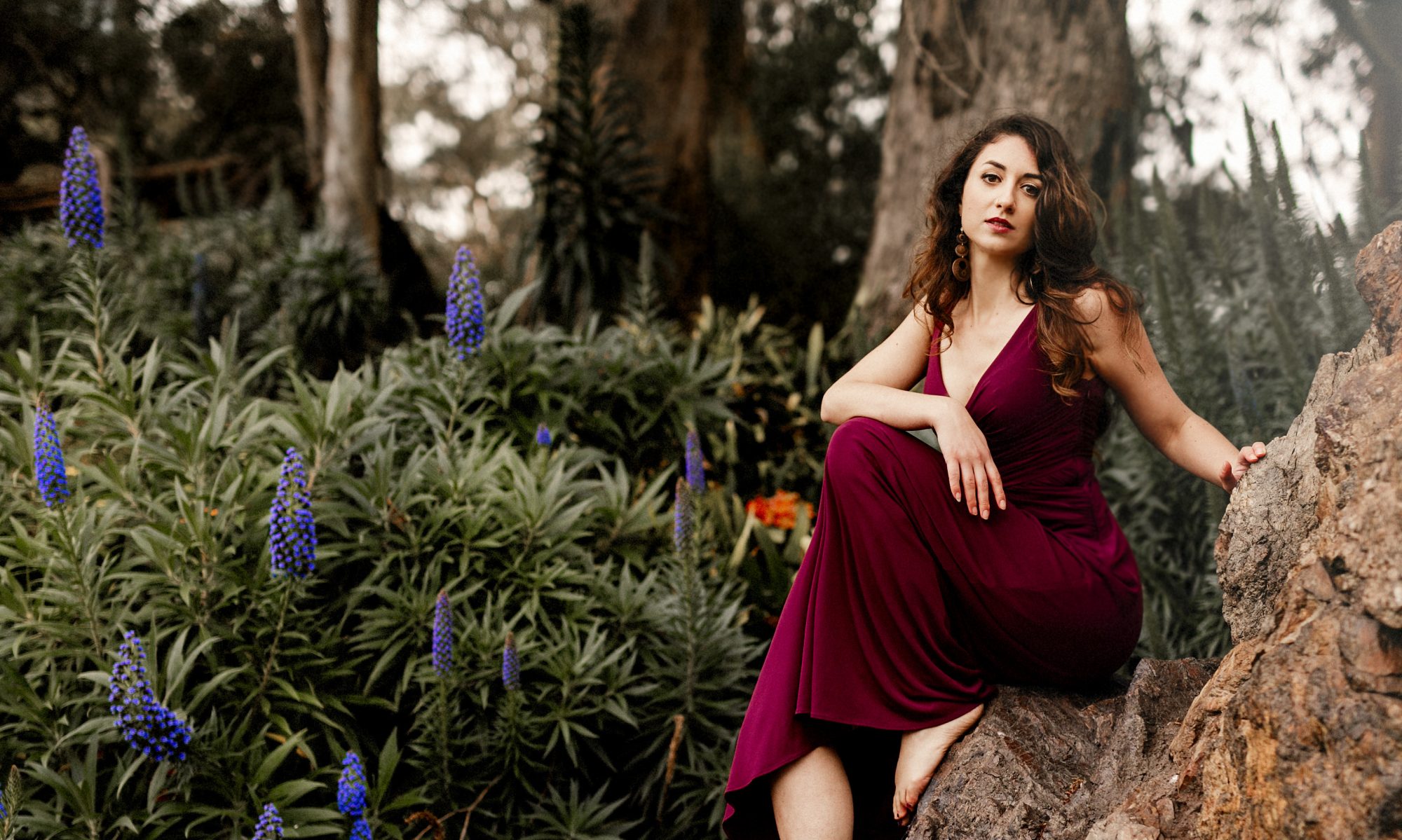This short piece was written as a contribution to a longer essay written by Robert McDermott for the anthroposophical magazine Being Human, edited by John Beck. It appears alongside contributions from Matt Segall and Jeremy Strawn within the context of Robert’s article, Spirituality Affirmed By CIIS.
 Why do Waldorf students learn to knit? Why are we introduced to the letter M through the story of a double-peaked mountain, or to V through a tale told in a steep valley? Why are numbers split by Prince Divide, but increased rapidly by Princess Multiply and her little companion butterfly named Of? Why is each classroom wall painted in the ascending order of the rainbow’s spectrum?
Why do Waldorf students learn to knit? Why are we introduced to the letter M through the story of a double-peaked mountain, or to V through a tale told in a steep valley? Why are numbers split by Prince Divide, but increased rapidly by Princess Multiply and her little companion butterfly named Of? Why is each classroom wall painted in the ascending order of the rainbow’s spectrum?
As a child in a Waldorf School, the reasoning behind the lessons we engaged in—whether of craftworks and art, bodily expression and poetic movement, of color, sound, and story—were not usually explained to us. In Rudolf Steiner’s pedagogy, the importance lies as much in how a subject is taught as it does in what is taught. Waldorf Schools create not only a unique curriculum, but a unique environment, an atmosphere that one inhales on a day to day basis. If one word could be chosen to capture what such an environment nurtures and develops, it is the capacity of the child’s imagination. If the portal of imagination is allowed to remain open, if it is nourished and kept safe, strengthened and tested through adolescence to maturity, then the reasons behind the teaching of every form of creative practice—from material arts, to etheric movement, from astral knowledge, to personal wisdom—become apparent on their own.
While the spiritual science of anthroposophy is not explicitly taught to Waldorf students, except sometimes as an optional course to graduating high school seniors, the place within the student’s soul in which spiritual science can come to be understood is nurtured through the long arc of the curriculum. When the time comes to leave the imaginative womb of Waldorf education, questions regarding the why of Steiner’s methods may come forth.
As a graduate student whose childhood was shaped by Steiner’s educational approach, I found that the Philosophy, Cosmology, and Consciousness program at CIIS felt like a mature extension of my Waldorf Schooling. Here I was invited not only to continue to keep the doorway to the imaginal open wide, unlike at many other universities and graduate institutions, but I could also begin to explore the reasons behind the form of education that shaped me. Not only is Steiner directly taught in PCC, but many of the graduate program’s other courses can engage with questions initially brought forth by some of my high school and even grade school classes. A continuity of ideas flows between these forms of education, which I feel stems not only from a recognition of the body, soul, and spirit as channels of knowledge and wisdom, but also a profound respect for the power of the imaginative vision.

Thank you Becca for your clarity of thought!
I think Einstein would wholeheartedly agree with “a profound respect for the power of the imaginative vision”!
What is presented here is (IMO) without hype, hysteria or any other manipulative element and yet it appears that “the imaginative vision” may be an ability that is rapidly atrophying within the governmental K-12 educational systems (and possibly beyond)! Yet only those who realize how essential and intimately integral the imaginative vision truly is for both the wholeness of the incarnating individual and for their freedom in this world can fully appreciate the rather plainly stated brief narrative here.
I warmly invite additional presentations by Waldorf School graduates!
–